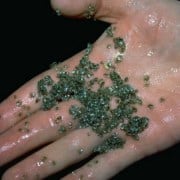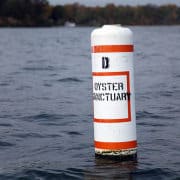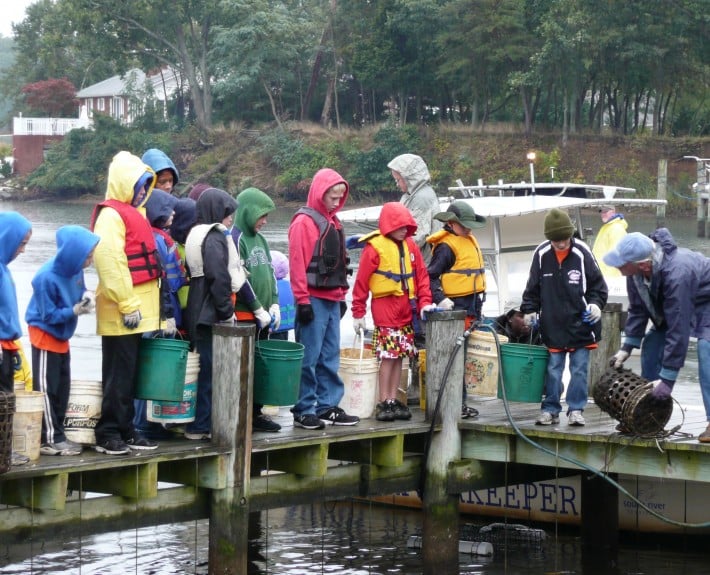Sustainable Aquaculture
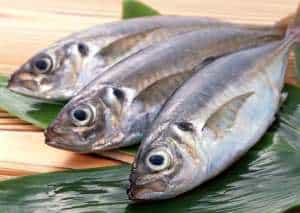 As wild fish stocks decline in several parts of the world, marine aquaculture, the farming of aquatic species, is filling the gap. According to the Organization for Economic Co-operation and Development (OECD), more than 1 billion people depend on fish as their main source of protein. The United Nation’s Food and Agriculture Organization (FAO), says as of September 2013 aquaculture provides nearly 50% of the world’s supply of seafood. In fact, over the last decade, aquaculture has quickly moved up the ranks to become the fastest growing sector of food production worldwide.
As wild fish stocks decline in several parts of the world, marine aquaculture, the farming of aquatic species, is filling the gap. According to the Organization for Economic Co-operation and Development (OECD), more than 1 billion people depend on fish as their main source of protein. The United Nation’s Food and Agriculture Organization (FAO), says as of September 2013 aquaculture provides nearly 50% of the world’s supply of seafood. In fact, over the last decade, aquaculture has quickly moved up the ranks to become the fastest growing sector of food production worldwide.
Like any human or animal activity, aquaculture can and does have an impact on the environment. However, when practiced responsibly, the impact of aquaculture on our marine populations, marine habitats, and our water quality can be minimized. As a rapidly a developing industry, aquaculture has experienced growing pains and faced stumbling blocks. For aquaculture, those problems seem to primarily focus on environment issues including water pollution, degradation of ecosystems, and the depletion of wild fish stocks for feed pellets. At the community level, conflicts have arisen related to water allocation, land use and commercial fishing.
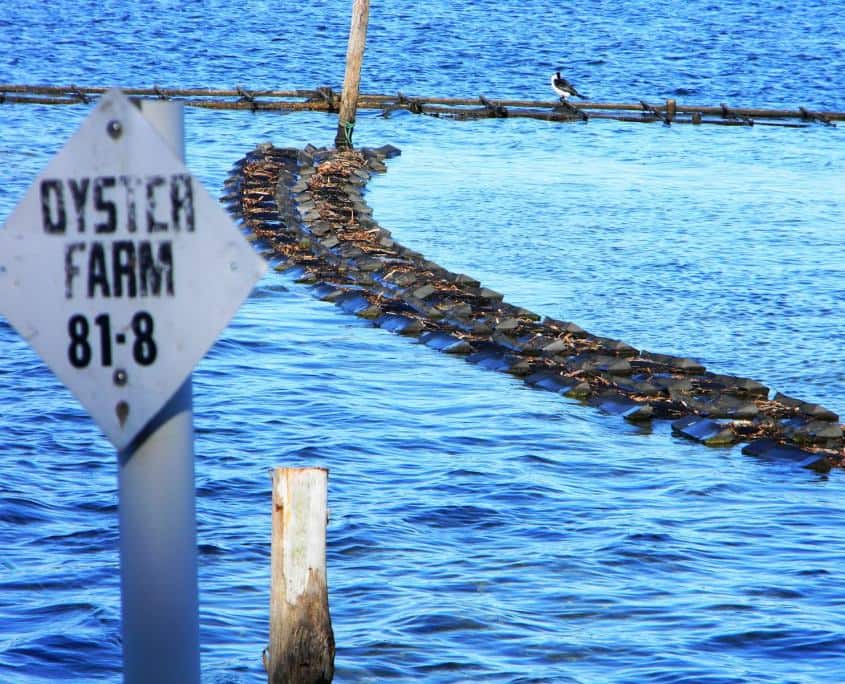 In some cases, aquaculture can both bolster our seafood supply and benefit the ecosystem. An example of this is oyster aquaculture;oysters naturally clean the water, remove nitrogen, accelerate denitrification, enhance water clarity, promote eelgrass survival, and provide excellent habitat for myriad juvenile fish and crustaceans. Additionally, aquaculture creates employment and business opportunities in coastal communities, provides safe and sustainable seafood, and supports marine fish populations and habitats.
In some cases, aquaculture can both bolster our seafood supply and benefit the ecosystem. An example of this is oyster aquaculture;oysters naturally clean the water, remove nitrogen, accelerate denitrification, enhance water clarity, promote eelgrass survival, and provide excellent habitat for myriad juvenile fish and crustaceans. Additionally, aquaculture creates employment and business opportunities in coastal communities, provides safe and sustainable seafood, and supports marine fish populations and habitats.
Governments, non-governmental organizations (also known as NGOs or non-profits), and the people in the marine aquaculture industry are working together to come up with reasonable and attainable regulations. The goal is to find a balance so that we can meet the global demand for seafood and do so in a manner that has a benign or positive affect on local communities and the environment. In the US, the National Oceanic and Atmospheric Administration (NOAA) is working with their partners to develop innovative techniques and management practices that ensure we are protecting our marine ecosystems as aquaculture production expands around the world.
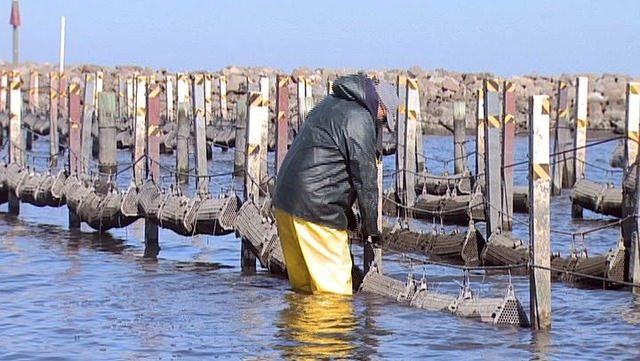 Because different regions have different market needs, a one-size-fits-all approach would be impractical. Internationally, producers and other interested parties must work together to come up with models to address local and regional issues. Aquaculture farmers understand that sustainable practices are critical to environmental and human health, and their long-term economic success. Aquaculture and wild fish stocks can and should complement each other to provide both a healthy diet and sufficient food supplies for the world population. In the long term, a healthy aquaculture industry will assure healthy fish populations worldwide.
Because different regions have different market needs, a one-size-fits-all approach would be impractical. Internationally, producers and other interested parties must work together to come up with models to address local and regional issues. Aquaculture farmers understand that sustainable practices are critical to environmental and human health, and their long-term economic success. Aquaculture and wild fish stocks can and should complement each other to provide both a healthy diet and sufficient food supplies for the world population. In the long term, a healthy aquaculture industry will assure healthy fish populations worldwide.
Fish Farming in California
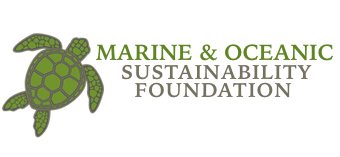
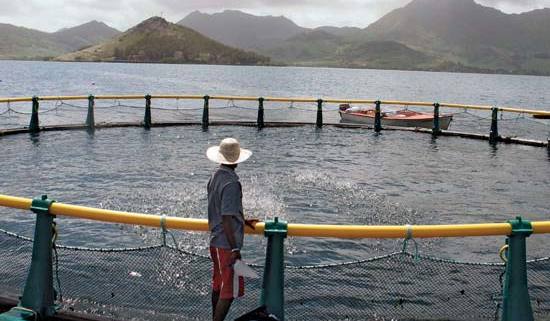
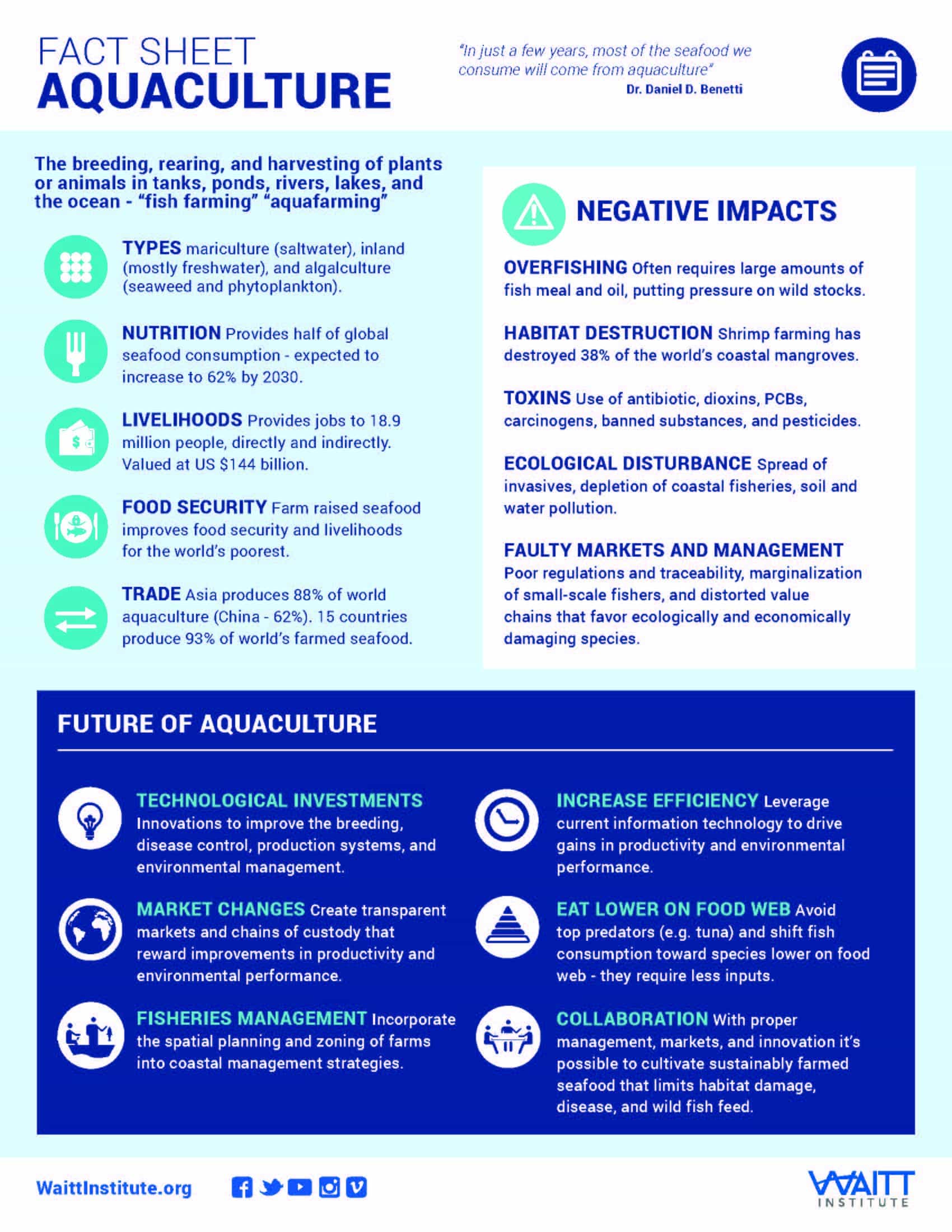
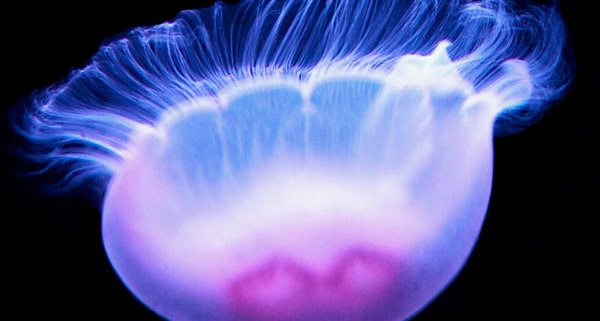
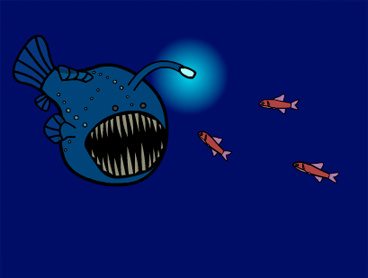
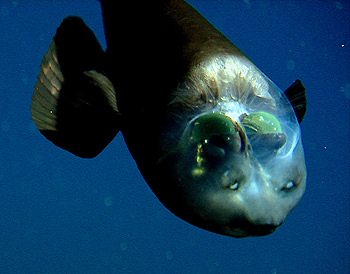
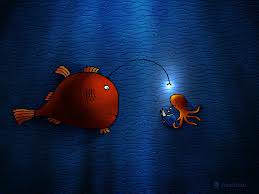

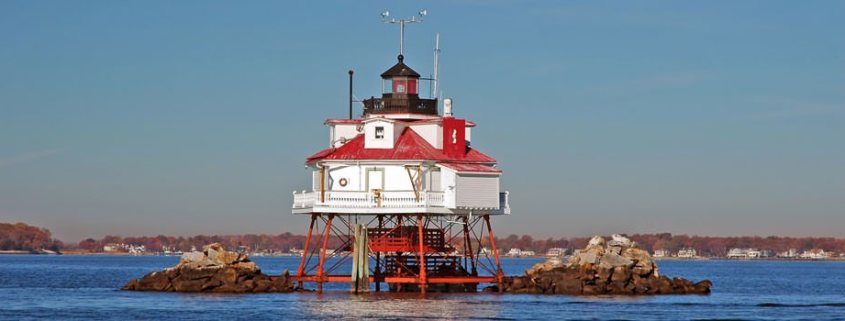
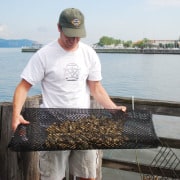 Last year, we kicked off our summer with a Memorial Day party at a friend’s house. His home sits on the scenic South River, a tributary of the Chesapeake Bay, just south of Annapolis, Maryland. Little did we know, that day would turn into so much more than just a fun day with old friends.
Last year, we kicked off our summer with a Memorial Day party at a friend’s house. His home sits on the scenic South River, a tributary of the Chesapeake Bay, just south of Annapolis, Maryland. Little did we know, that day would turn into so much more than just a fun day with old friends.